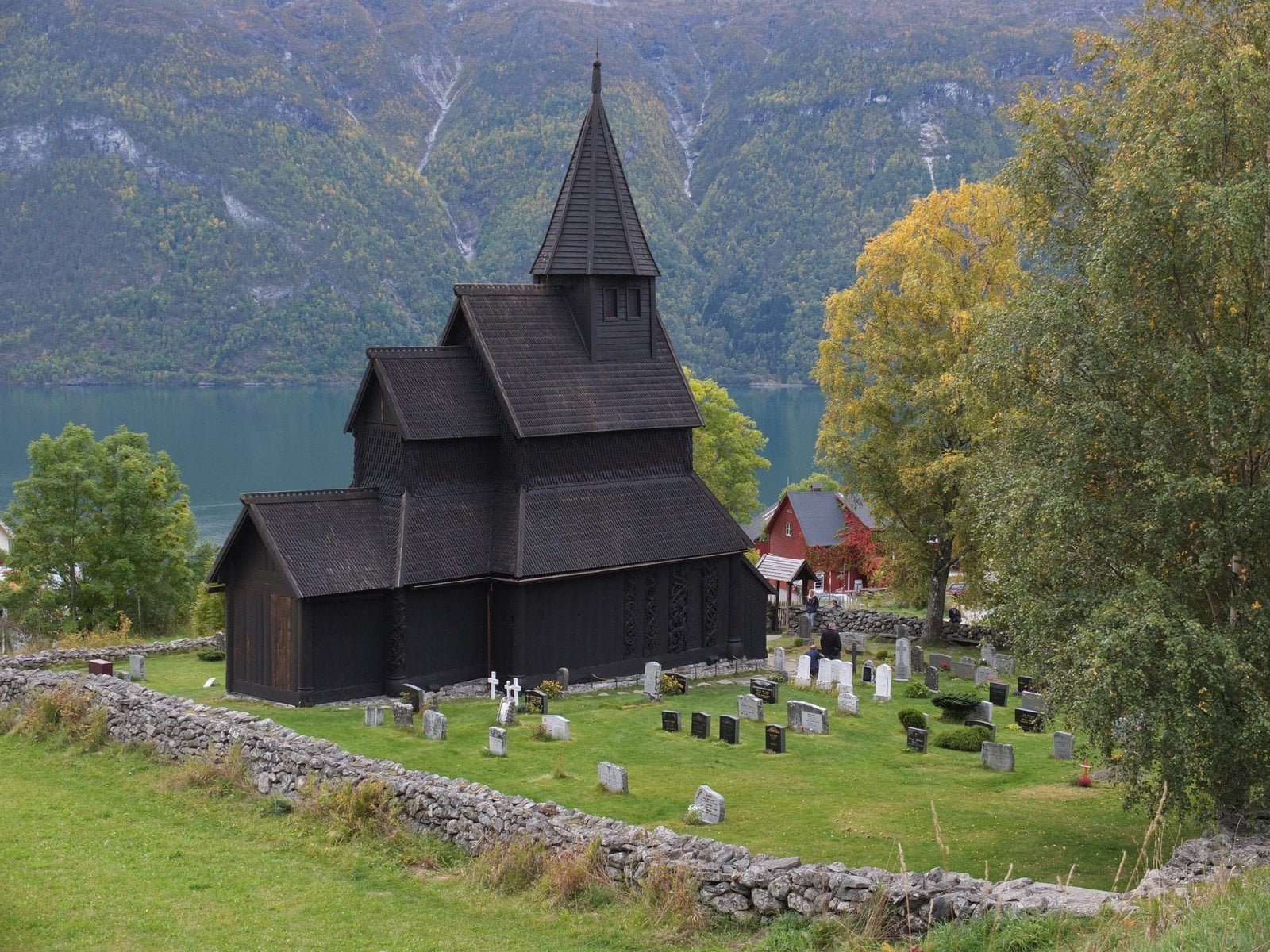Bogmilk
The Norwegian word myrmelk is composed of two words: myr + melk = myrmelk. Myr means peat bog or wetland – and melk means milk, so in English it would be bogmilk.
In some Norwegian dialects, milk is mjølk rather than melk.
On the historical Norwegian farm, the milk came from the cow, the goat, and sometimes the sheep.
Historically, the myrmelk was stored in a wooden container, but in more recent history, also in glass bottles.
The summer pasture farm – setra
For millennia, the Norwegian farmers sent their livestock into the forests – or up onto the mountains – to roam free and feed all summer.
Throughout the summer, the animals were normally only looked after by a milkmaid and a young herder girl or boy – gjeterpike or gjetergutt.
The summer pasture farm – setra – often had a simple cabin for the humans, and a simple night-shed for the animals. The buildings were abandoned for most of the rest of the year.
The milkmaid milked the milk-bearing animals every 12 hours. During the day, she worked on turning the milk into cheese and butter – ost and smør.
What we often forget in our modern-day world, is that cheese and butter originally were just two ways of preserving fresh milk for long time storage. In Norway it was food for the long and cold winter ahead.
Before returning to the home farm with the animals in the autumn, the milkmaid sometimes filled wooden containers with milk – and buried them in a nearby peat bog.
If the milkmaid buried the containers deep enough, the milk would not freeze when the temperatures dropped below zero.
The milk was left in the bog as extra provisions for hunters, berry pickers, or other travellers who would make an off-season visit to the closed-up mountain farm during the late autumn – the winter – or the following spring.
With myrmelk available on site, the travellers needed to carry less food in their rucksacks. The myrmelk and some brought flour made a filling porridge.
Sources: Nasjonalbiblioteket nb.no | Haugen, Einar. Norwegian English dictionary. The University of Wisconsin Press 1967, 1974. | Det Norske Akademis ordbok naob.no | Ordbøkene ordbokene.no | EGP.00058











